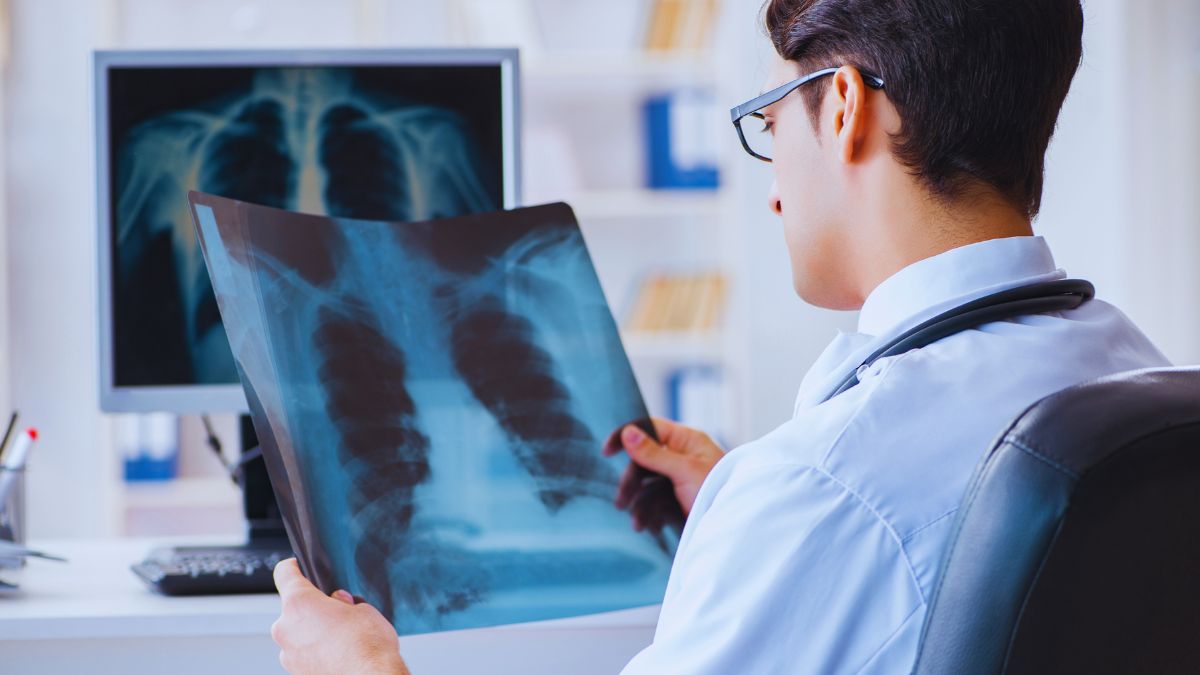
Introduction
In the fast-paced world of medical imaging services, staying on top of patient data, scheduling appointments, and managing resources efficiently is crucial. This is where Customer Relationship Management (CRM) software comes into play. CRM systems are designed to streamline and optimize data management, patient interactions, and overall workflow in medical imaging facilities. But how exactly can CRM improve medical imaging services? Let's explore the key benefits below.
Enhanced Patient Communication
One of the primary ways CRM can improve medical imaging services is by enhancing patient communication. With CRM software, medical imaging facilities can easily keep track of patient preferences, appointments, and follow-up care. This allows for personalized communication with patients, leading to improved patient satisfaction and loyalty. Additionally, CRM systems can automate appointment reminders, reducing no-show rates and optimizing scheduling.
Efficient Resource Management
Another key benefit of implementing CRM in medical imaging services is efficient resource management. CRM software can help facilities track equipment usage, maintenance schedules, and inventory levels. By optimizing resource allocation and inventory management, medical imaging facilities can reduce downtime, increase efficiency, and ultimately improve patient care.
Streamlined Data Management
CRM systems play a crucial role in streamlining data management in medical imaging services. These systems centralize patient information, imaging reports, and billing details in one convenient platform. This not only improves data accuracy and accessibility but also enhances collaboration among healthcare providers. With CRM, medical imaging facilities can easily share data with referring physicians and specialists, leading to better patient outcomes.
Personalized Treatment Plans
CRM software enables medical imaging facilities to create personalized treatment plans for patients. By analyzing patient data, imaging results, and medical history, CRM systems can help healthcare providers tailor treatment plans to individual patient needs. This personalized approach not only improves patient satisfaction but also enhances treatment effectiveness and overall patient outcomes.
Real-time Analytics and Reporting
CRM systems provide real-time analytics and reporting capabilities that can benefit medical imaging services. With CRM software, facilities can track key performance indicators, monitor patient trends, and analyze the efficiency of their operations. This data-driven approach allows healthcare providers to make informed decisions, optimize workflows, and drive continuous improvement in service delivery.
Improved Workflow Efficiency
One of the most significant advantages of CRM in medical imaging services is improved workflow efficiency. By automating repetitive tasks, streamlining processes, and standardizing workflows, CRM software can help facilities operate more efficiently. This leads to reduced administrative burden, faster turnaround times, and increased staff productivity.
Conclusion
In conclusion, CRM plays a vital role in improving medical imaging services by enhancing patient communication, efficient resource management, streamlined data management, personalized treatment plans, real-time analytics, and reporting, and improved workflow efficiency. By leveraging CRM software, medical imaging facilities can optimize their operations, drive better patient outcomes, and ultimately enhance the quality of care they provide. So, how can CRM improve medical imaging services? The answer is clear - by revolutionizing the way healthcare providers manage patient data, interact with patients, and deliver high-quality imaging services.
 icons at the top right corner of the subsection.
icons at the top right corner of the subsection.